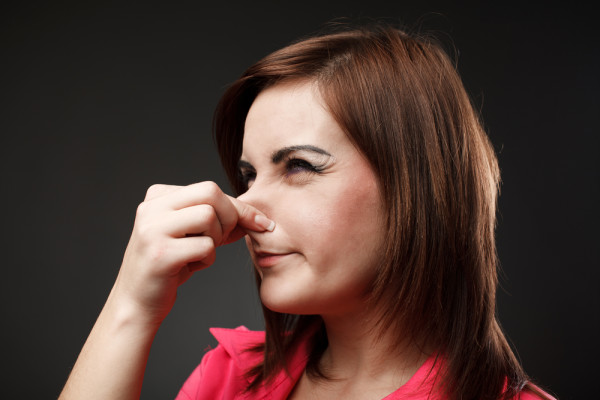Volatile organic compounds, or VOCs, are chemicals that evaporate at room temperature and could cause breathing problems, flu-like symptoms, and even cancer. Formaldehyde is a common VOC that comes from the glues in particle board. Others include acetone, toluene, xylene, and benzene, and they can lurk in air fresheners, perfumes, cleaners, paints, varnishes, carpeting, and more. Here are some easy ways to keep your indoor air quality high by lowering VOCs in your Baltimore, Maryland, home.
Use Natural Air Fresheners and Cleaners
Many commercial air fresheners and cleaning products, especially aerosols, are full of VOCs. Manufacturers don’t have to list the ingredients in these products in most states. These chemicals can circulate in the air for a long time. Phthalates are substances that help distribute fragrances, and they can affect your hormone levels and increase the risk of cancer and birth defects. You could inhale these harmful chemicals, absorb them through your skin, or accidentally ingest small amounts.
Replacing these cleaners with natural alternatives can help you save money as well as stay healthy. Herbs and flowers from your garden make great potpourri, and you can simmer orange slices, cinnamon sticks, apple peels, and cloves on the stove to perfume your home. Air fresheners with natural essential oils are very popular, but some people are allergic to essential oils like eucalyptus. Olive oil and lemon juice make a wonderful wood polish, and you can add a few drops of tea tree oil to a spray bottle filled with water to fight mold and mildew in your bathroom.
If you do buy a commercial cleaning product or air freshener, make sure the label doesn’t have vague words like “fragrance.” This means the product could have VOCs or other harmful chemicals.
Add an Air Purifier
You can add an air purifier that filters the air every time your air conditioning and heating system cycles to protect your home from harmful contaminants. Aprilaire filtration systems are compatible with many programmable thermostats, so you can get an alert when your filter needs changing. Smaller air cleaners are also available. The filters for both types have higher Minimum Efficiency Reporting Value (MERV) ratings than standard filters for HVAC systems, so they can remove more pollutants from the air.
Remove VOCs With Household Plants
Many inexpensive houseplants can absorb harmful chemicals while making your home look fashionable and welcoming. Philodendrons are available in climbing and non-climbing varieties and they can absorb formaldehyde. Chinese evergreens have beautiful silver leaves with green spots and they absorb many airborne contaminants, including formaldehyde and xylene. Chrysanthemums can absorb benzene and other VOCs from paint.
Having a mix of greenery throughout your home will help you breathe easier. However, you shouldn’t keep several plants in one room, since they could increase the humidity in that area and encourage mold growth. Mold can aggravate asthma and allergies in some people.
Dilute Contaminants With Ventilation
Without enough ventilation, VOCs will build up over time, especially in newer homes with better insulation. When the weather is nice, open a window to let in fresh air. A mechanical ventilator can introduce even more fresh air. Heat recovery and energy recovery ventilators remove some of the stale indoor air in your home and bring in the same amount of fresh air. They conserve energy by removing heat from the outgoing air and transferring it to the incoming air. In summer, they cool the incoming air instead, just like a heat pump.
Avoid Materials That Give Off VOCs
The adhesives and chemicals in many items off-gas over time, sending the VOCs they contain airborne. When it’s time to remodel, look for paint, carpet, furniture, and other materials with low or no VOCs. When you buy furniture, look for a floor model that’s had a chance to off-gas in the store. Solid wood is best, but you can also use a non-toxic sealant on composite wood.
Griffith Energy Services can keep your HVAC system working properly so that pollutants like VOCs don’t build up. We have more than 100 years of experience, and we can help with repairs and installations. Call us anytime at 888-474-3391 to improve your indoor air quality.
Image provided by Shutterstock




